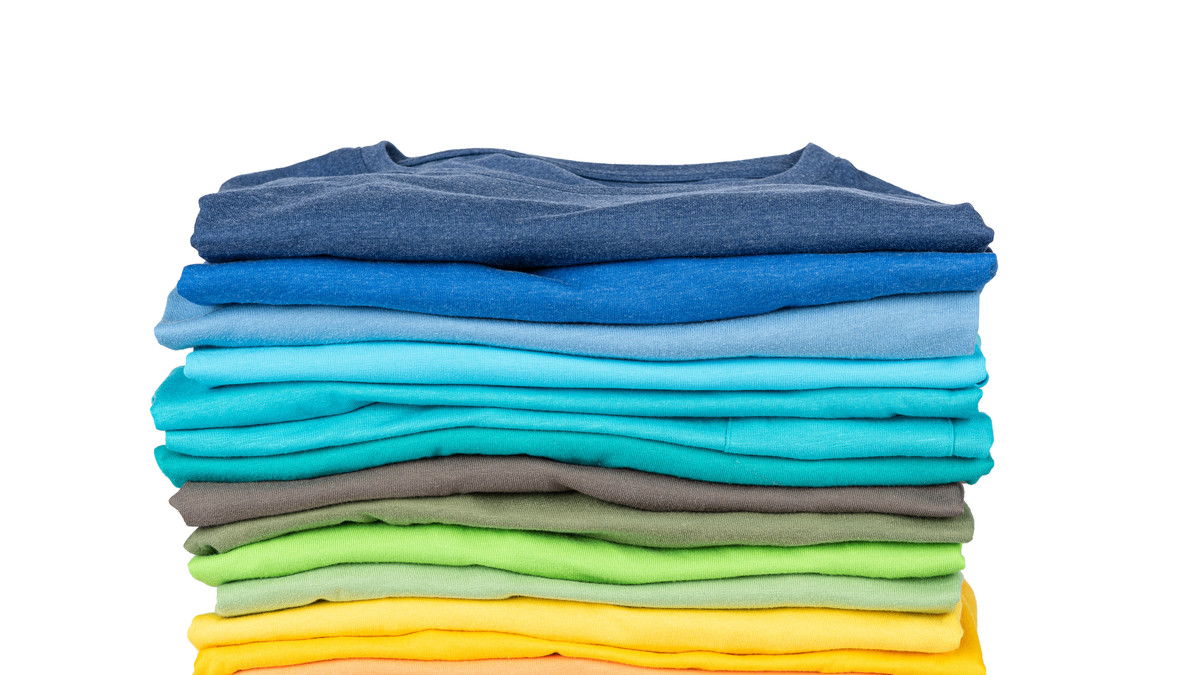The ongoing COVID-19 crisis has changed the world as we know it, accelerating digital transformation across the board. As a result, due to increased agility and customer demand, direct-to-garment (DTG) printing has gone through the roof. And according to research and consulting firm Future Market Insights, the industry is expected to be valued at $2.31 billion by 2023, up from $1.76 billion in 2018.
This year, over 210 million pieces are expected to be printed using inkjet DTG technology. Direct-to-garment t-shirt printers are especially in high demand, yet the competition for small businesses is fierce thanks to giants like Threadless. But by bringing printing in-house and doing it yourself, you’ll have more control over the entire process; that means better quality, personalization, lower costs, and — most importantly — faster turnaround times.
Stay on top of today’s trends in direct-to-garment t-shirt printing so you can stand out from the crowd and stay competitive in today’s market.
On-Demand Production
In-house direct-to-garment t-shirt printing facilitates on-demand production, long on the rise because of the slew of business benefits it affords. Among them, heightened inventory control and zero missed opportunity costs on wasted merchandise. Vendors can produce only the exact quantity they need to fulfill and satisfy an order.
Traditionally, businesses and t-shirt creators used silkscreen lines for production, necessitating minimum orders to justify the workload — not only a turn-off for prospective customers but also a barrier to certain trends and market opportunities.
Consider the Bernie Sanders meme that emerged on this year’s Inauguration Day. With traditional printing, a t-shirt featuring those now-famous mittens wouldn’t get pushed out for a number of weeks when the fad’s already faded. Something like that needs to be printed and available now, this minute, before customer excitement begins to die down.
Conscious Consumerism
At the end of the day, the most important element of the apparel retail industry is inventory control. It ensures you don’t over — or under — produce, which leads to missed opportunity costs or products that end up in the trash. And the fewer resources we use and garbage we make, the smaller our impact on the environment — something that’s increasingly important to modern-day consumers.
DTG is a sustainable way to address real-time, seasonal demands without waste. And its printing and drying processes also help conserve water — a major plus for an industry generally known for the resources it consumes and pollution it creates. “With places like outlet malls, we see entire industries devoted to the inefficiencies of mainstream apparel production,” says Jon Zornow, founder and inventor of Sewbo, a startup focused on fully automating garment sewing.
“You have to go through so much extra work to deal with stuff people don’t want, but none of that exists in the realm of digital printing. It lets you do lot sizes of one, so you never make more than you sell, and — assuming there are few or no returns — you’re being extremely efficient. You also won’t be missing any sales while waiting for something to be shipped from overseas.”
Personalization
Credence Research predicts that custom printing will continue to grow this year, with personalized t-shirts making up 54% of sales. We’re seeing double-digit growth as businesses scramble to meet soaring demand for creative personalization options and faster delivery, and with millions of custom-designed shirt orders on the horizon, the time is now for bringing DTG in-house.
With direct-to-garment printing, “finished garments are loaded onto the printer’s platen to accommodate a multitude of T-shirt sizes and even edge-to-edge printing,” according to WhatTheyThink. “Small producers will typically serve their local communities with a range of garment decoration and premium manufacturing services,” like digital or screen printing, embroidery, or other kinds of embellishments.
Accessible, Easy-to-Use Printers
New platen shapes, sizes, and loading mechanisms like Epson’s new quick-load grip pad “have also helped to broaden the list of possible applications,” WhatTheyThink continues, “enabling DTG printing on baby clothes, size XXL t-shirts, jeans, baseball caps, tote bags, cushion covers, and a variety of promotional gifts.”
Today’s DTG printers are designed to increase overall production while dramatically reducing maintenance — all with customer feedback top of mind. And, considered a benchmark for print quality, Epson’s latest printhead technology produces garments with high print resolution and precise ink control for text and graphics that are clear, sharp, and stunning.
“Over the past few years, commercial devices have seen a dramatic improvement in functionality, usability, and reliability coupled with a decrease in prices,” and with significantly faster print speeds than previous direct-to-garment printers, Epson’s newest models produce more while printing both high-quality highlight white and color image information simultaneously. So whether you’re looking for faster printing, high resolutions, an improved user experience, or any other printing needs, we can help.
Discover all the possibilities of direct-to-garment printing and meet virtually any DTG production goal at Epson.com/dtg.
